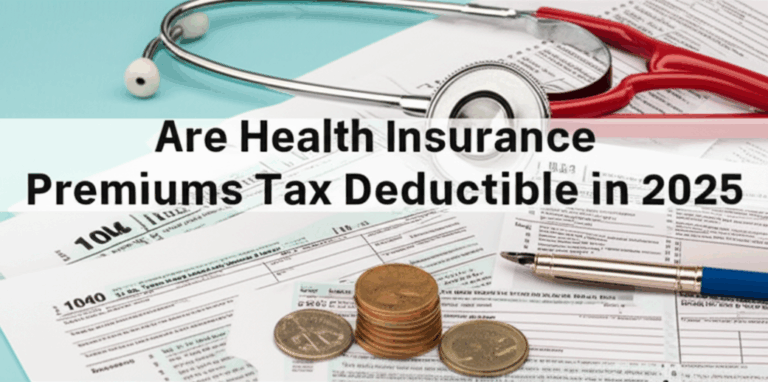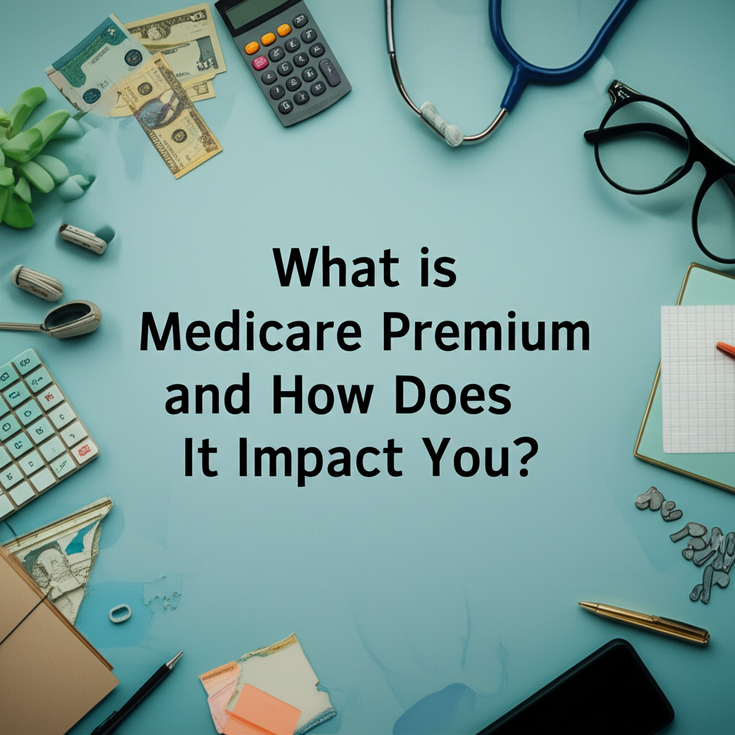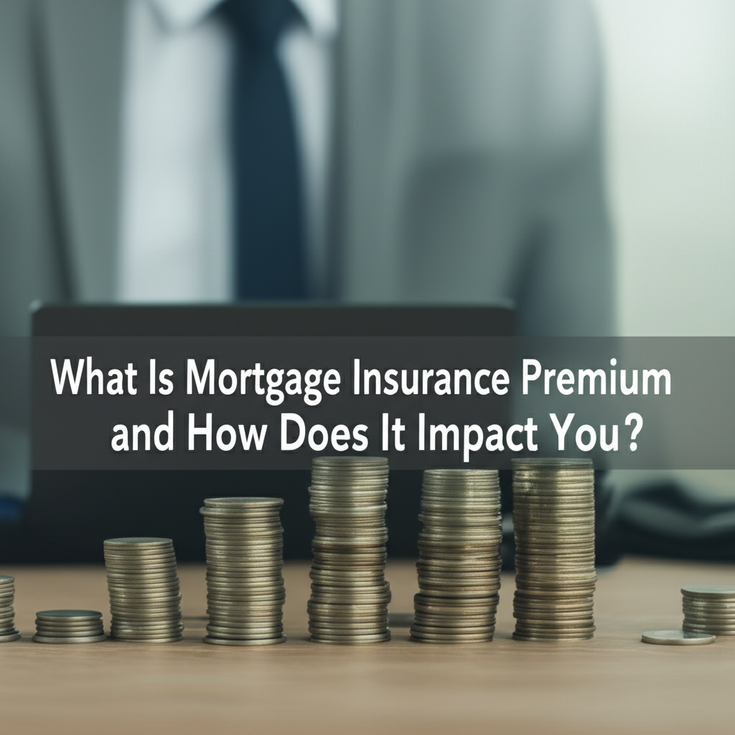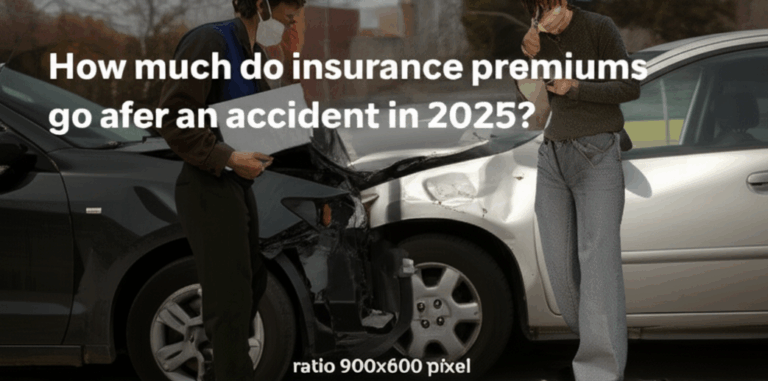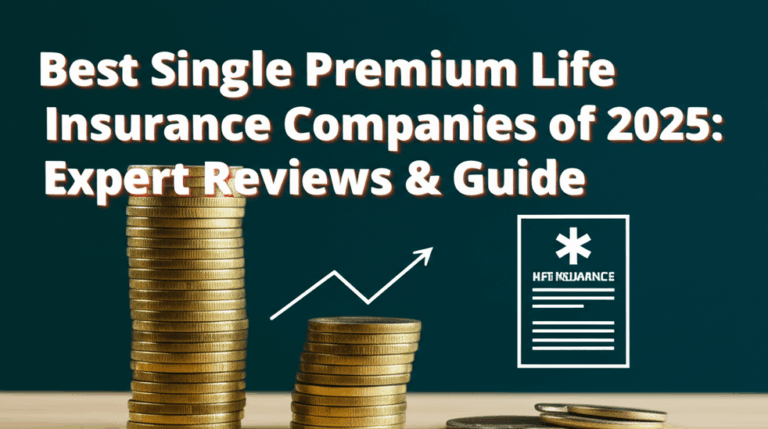What Is a Premium in Car Insurance and Why Does It Matter?
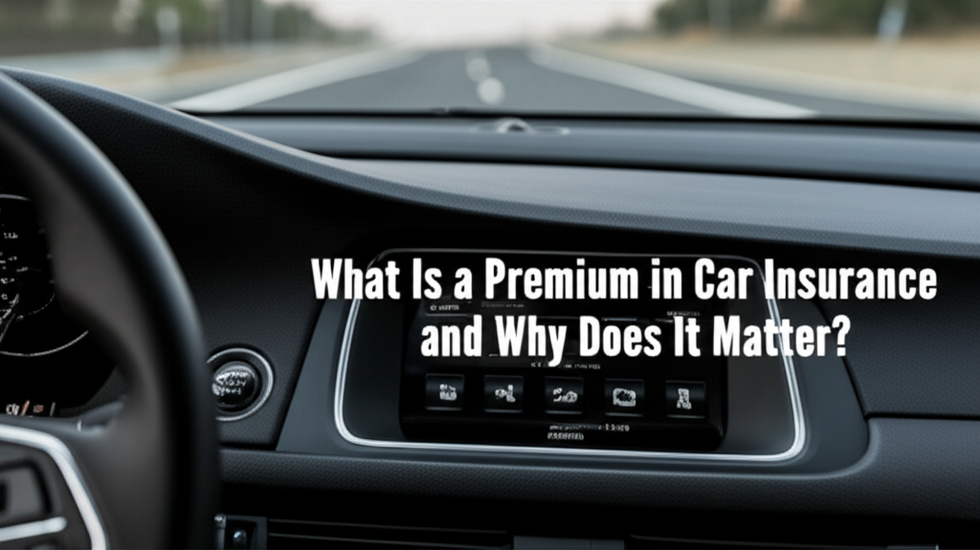
Car insurance can seem confusing, especially when you hear the term “premium.” If you have asked, “what is a premium in car insurance,” you are not alone. Many people want to know what they really pay for and why it matters so much.
In this article, we break down car insurance premiums, what can affect them, and how you can make smarter decisions. We explain every point in everyday language. You will leave understanding what you pay for, why your cost changes, and what actions can make your car insurance more affordable.
What makes a car insurance premium important to you?
A premium is your regular payment for insurance. I like to think of it as a subscription you pay so your car stays covered. Your policy stays active as long as you keep up with your payments. If you miss payments, your coverage ends, which means you take on every risk yourself.
The average car insurance premium in the country sits around $1,500 per year, but this number jumps up or down based on who you are, what you drive, and even where you park at night. Car insurance cost is a big part of most people’s budgets. We must manage these payments just like our utilities or phone bills. It matters because failing to pay could leave us dealing with repair bills after an accident.
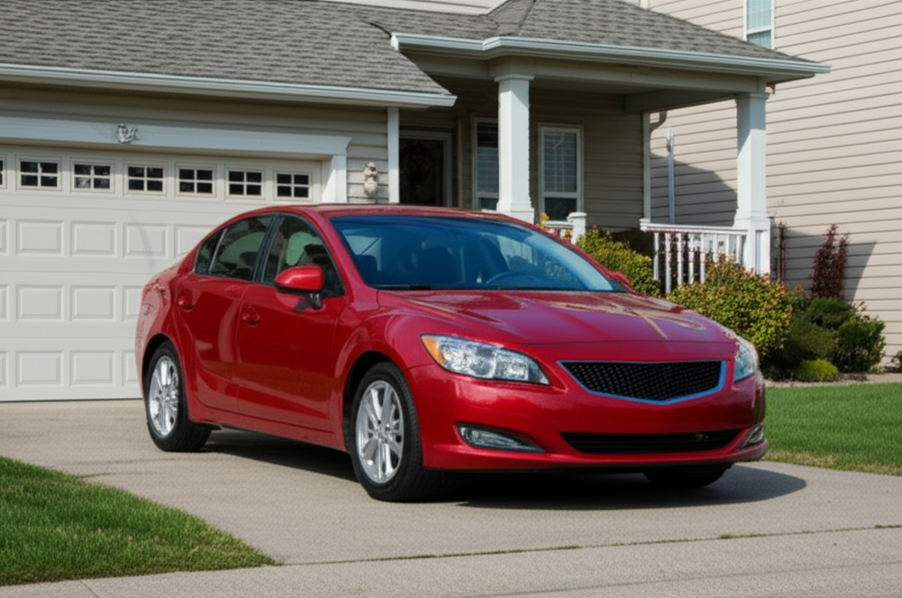
The type and amount of coverage you pick change your premium. When we talk to clients or friends, we often find a big gap between what people want and what they can afford. Higher coverage limits raise your premium. Adding extras, like roadside help or comprehensive coverage, means you might pay more every month or year. Still, if you have a newer car or drive in busy areas, these extras often mean less stress for you in the long run.
Your driving history can influence the price you pay. A clean record leads to a lower premium. Any tickets, at-fault accidents, or insurance claims you file raise your costs, sometimes for years. Someone with a recent speeding ticket might pay 20-30% more than a friend with the same car but a clean record. People often try safe driving apps from their insurers to cut their rates. I suggest this to my clients because it is proven to help.
Discounts and deals can lower your cost. We always recommend asking your insurance agent about deals for good driving, bundling home and car policies, and even discounts for taking safe driver classes. Each year, companies change discounts. What worked when you bought your policy might have changed. If you have students or older drivers at home, check for special discounts, too.
The way you pay (monthly or yearly) matters. Some insurers give a small reduction if you pay once a year instead of monthly. If you choose monthly payments, you might pay processing fees. We advise calculating the total cost both ways before deciding. Paying annually can feel like a big hit, but it can help your cash flow in the long run.
What factors shape the cost of your car insurance premium?
Your vehicle’s value and type directly affect price. Luxury cars, sports cars, or even trucks often come with higher insurance premiums. The more it costs to fix or replace your car, the more your insurer charges. Some brands come with a higher repair bill, and that gets factored in.
A used sedan can cost half as much to insure as a new SUV or sports car. When clients ask us why there is such a big gap, we show them industry data from the Insurance Institute for Highway Safety to prove how claims drive costs.

Where you live changes your insurance rate. City drivers usually pay more. Urban areas see more accidents, theft, and claims. Zip code, even more than city name, plays a huge role. If your car is parked on a busy street or an unsecured lot, your premium will be higher than if you garage it each night in a quiet neighborhood. Rural areas often get lower rates because fewer cars mean lower risk.
Your age, credit, and claims history are key factors. Younger drivers under 25 almost always pay more, as do people with lower credit scores. Insurers see credit as a clue to how likely you might file a claim. Having no claims or a clean record helps. One of our customers, a 40-year-old with no tickets, got much better auto insurance quotes than his 21-year-old son who just got his license.
The coverage limits you pick set your premium. A higher liability limit, for example, costs more because the insurance company might have to pay out more in an accident. Choosing $100,000 in coverage instead of your state’s minimum can mean an extra $15–$40 a month, but it keeps our families better protected. We always show tables so clients can compare different plans, like the example below:
| Coverage | Monthly Cost |
|---|---|
| State Minimum | $50 |
| $50K Liability | $70 |
| $100K Liability | $90 |
How you use your car changes your risk profile. A car that only drives to the grocery store on weekends costs less to insure than one used for daily commuting in rush hour. Commercial use or rideshare work increases risk and premiums. Let your agent know how you use your car to get the correct rate.
What is the difference between a premium and a car insurance quote?
A quote is only an estimate—not your final cost. When we help people shop for new car insurance, they often get excited by the first number they see. But a quote is just a preview, based on details you give up front. Final premiums depend on your full driving record, vehicle information, and sometimes a check of your credit and previous claims. Quotes make it easy to compare offers from different insurers before you choose.
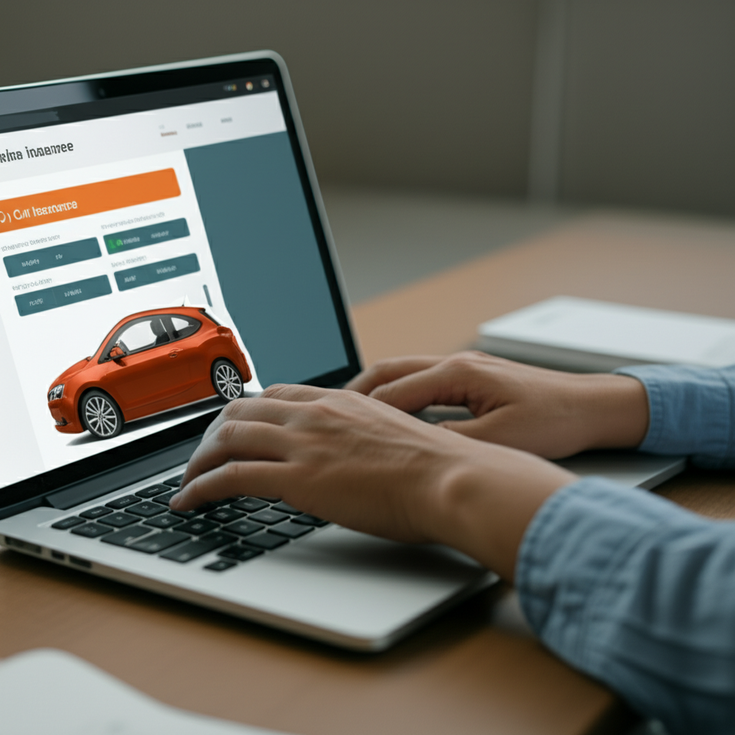
Premiums can change after your quote if details shift. When your insurer receives your driving record or checks your credit, your price may change. We have seen cases where someone gets an online quote for a low premium, but after a ticket shows up on their record, their actual price jumps. It is best to review the list of factors used in an auto insurance quote. We recommend keeping your information accurate to avoid unwelcome surprises when your final bill arrives.
If you want to compare actual rates and not just estimates, always ask for a detailed quote that lists every coverage and fee. You can check sample quotes, deductible options, and what happens if you pay car insurance monthly or yearly. This way, you know every cost that could change your total.
What is the difference between a premium and a deductible?
A deductible is what you pay if you file a claim. When you get into an accident, your insurer covers the cost minus your deductible. If your deductible is $500 and you have $1,500 in damage, you pay $500 and your insurance pays the rest. Lower deductibles mean you pay less during an accident but higher monthly premiums, while higher deductibles do the opposite. We always explain this trade-off to clients so they choose what fits their budget and risk level.
Premiums are paid regularly, while deductibles are per accident. This is the heart of the insurance system. Your premium keeps your coverage active. Your deductible only comes up if you need to use your insurance. When people ask if they can avoid deductibles, we tell them it is always tied to making claims, not every month. Deductible vs premium is a common question, so let us clear up confusion: premiums are the ongoing price of your peace of mind; deductibles are the price you pay when you actually need to use it.

What causes your car insurance premium to go up or down?
A major claim or ticket can increase your cost. After an accident or a traffic violation, your insurer may raise your premium next time you renew your policy. The higher risk you now present causes higher car insurance cost. In one real-life example, a driver with a clean record paid $85 a month. After a rear-end accident, his premium jumped to $120 at renewal. Insurance premium calculation depends on many factors but claims history plays the biggest part.
Safe driving and bundling policies can cut your premium. Insures reward drivers who avoid claims or bundle home and auto policies. We have seen people save around 20% by combining both with one company. Safe drivers can save with usage-based insurance or telematics. Some drivers earn safe driver discounts or rebates over time. Always ask if there are new promotions or loyalty rewards.
What steps help you lower your car insurance premium?
Comparing quotes saves you money over time. I always suggest people shop around every year. Policies and rates can shift as your life changes. One insurer may offer a better deal for the same coverage. Always use keyword-rich resources like our car insurance savings comparison page for up-to-date tips.
Taking advantage of discounts keeps costs down. Look for deals for safe driving, student drivers, or bundling policies. Add extra steps like paying your full annual premium if possible. We have seen discounts for everything from anti-theft devices to low mileage. Check every year as offers may change.
Adjusting your coverage can fit your budget. Sometimes, you need to lower limits or remove extras to get a lower price. This can help if your car is older. Use caution and talk to a trusted agent. Remember to balance costs and coverage to avoid risking major out-of-pocket expenses after an accident.
What are the most common questions about car insurance premiums?
How often do you pay a car insurance premium? Most people choose monthly or every six months. Both work. Some find monthly easier to manage. Is it better to pay your premium monthly or annually? Annual payments may bring lower rates since insurers save on processing. Why might your premium increase suddenly?
Changes in your record, such as new tickets, accidents, or address changes, might cause your rate to jump. A typical car insurance premium depends on many factors, but we often see $100-$130 per month for a mid-aged driver with a clean record in a midsize city, according to recent insurance statistics.
Can you negotiate your car insurance premium? Not in the traditional sense, but you can change what you buy, compare quotes, or try for more discounts. What does a six-month premium mean? You pay for coverage upfront, and your insurer reviews your rate every six months. How do premium payments work with automatic renewal? Your policy continues as long as you pay on time, and most companies notify you before the next payment is due.
What are the top things to remember about car insurance premiums?
Knowing how your premium is set can help you save. Remember, companies all use similar math, but each has its unique formulas. Shopping around leads to better deals. We encourage everyone to compare rates and read the fine print before buying. Small changes can have a big impact on your price. Keep your record clean, ask for discounts, and check your rate every year. This basic advice helps you keep your what is a premium in car insurance low, while protecting yourself and your wallet.
If you want to understand more about how insurance works, see our article on how to reduce your car insurance premium. For more tools and calculators, visit our insurance premium calculation guide.

